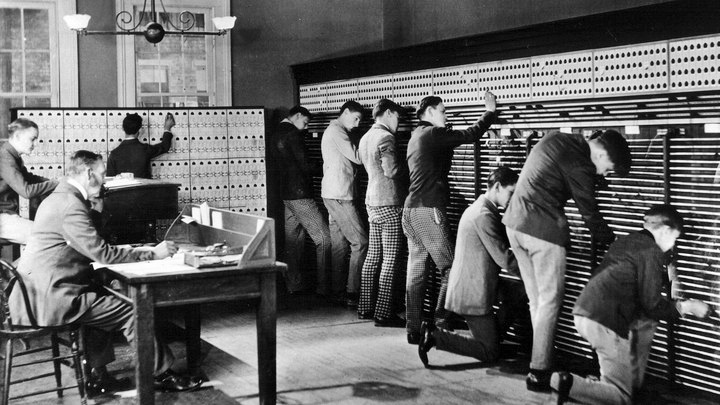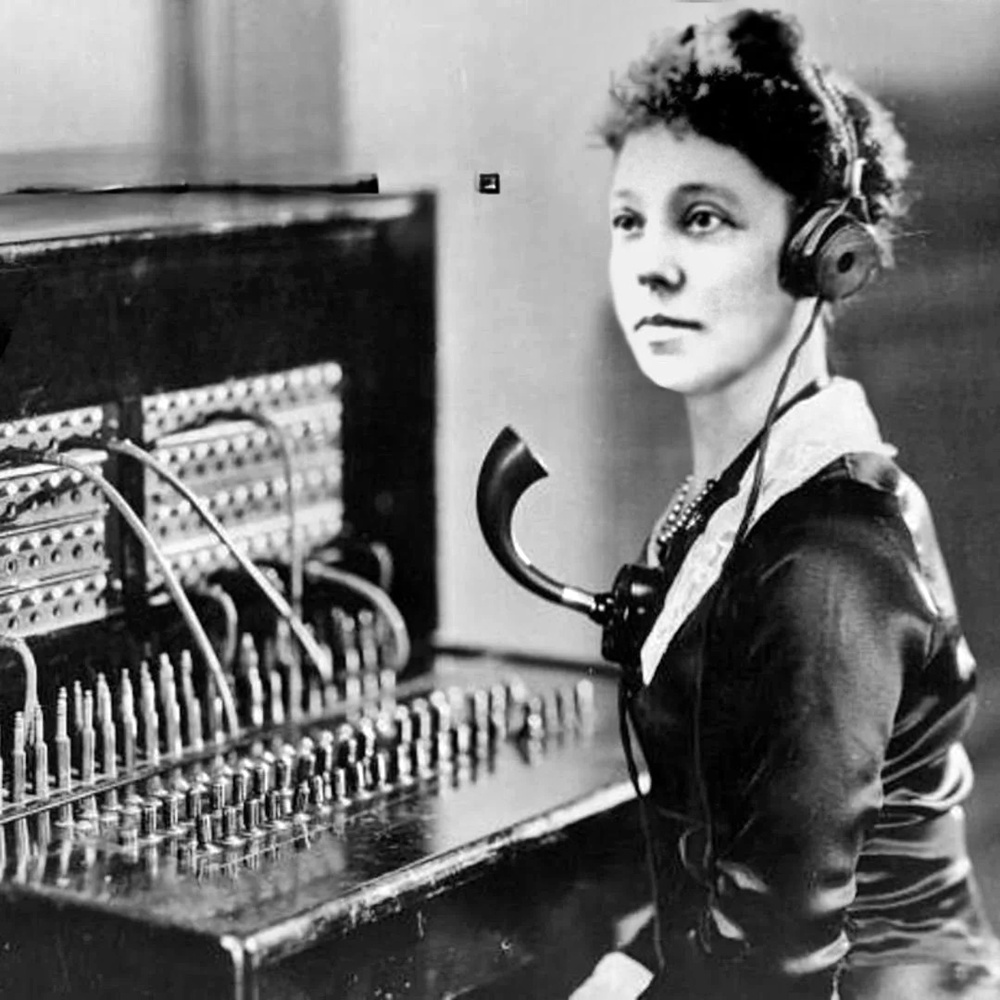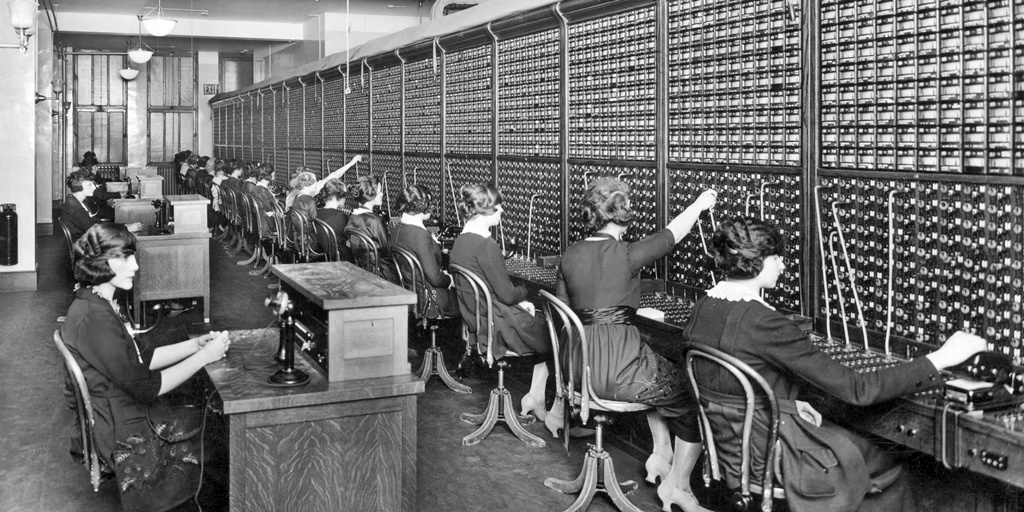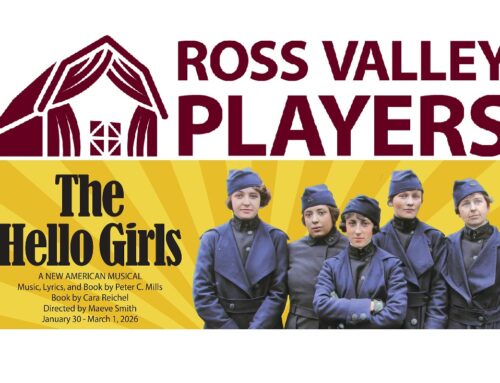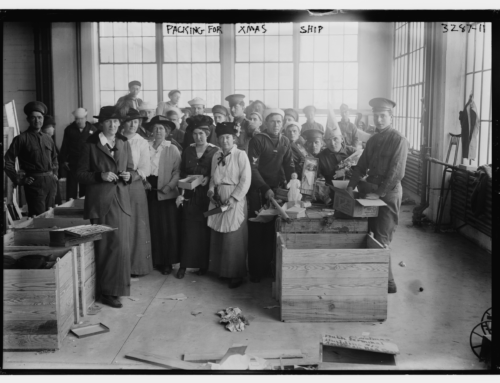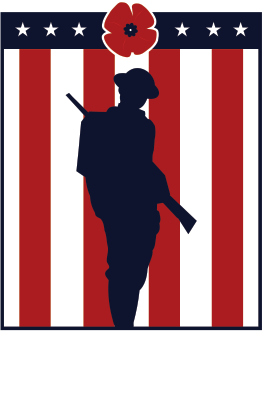The Hello Girls: From Telephone Switchboards to the Front Lines
Published: 19 September 2025
By Christine Skirbunt
via the Recollections website
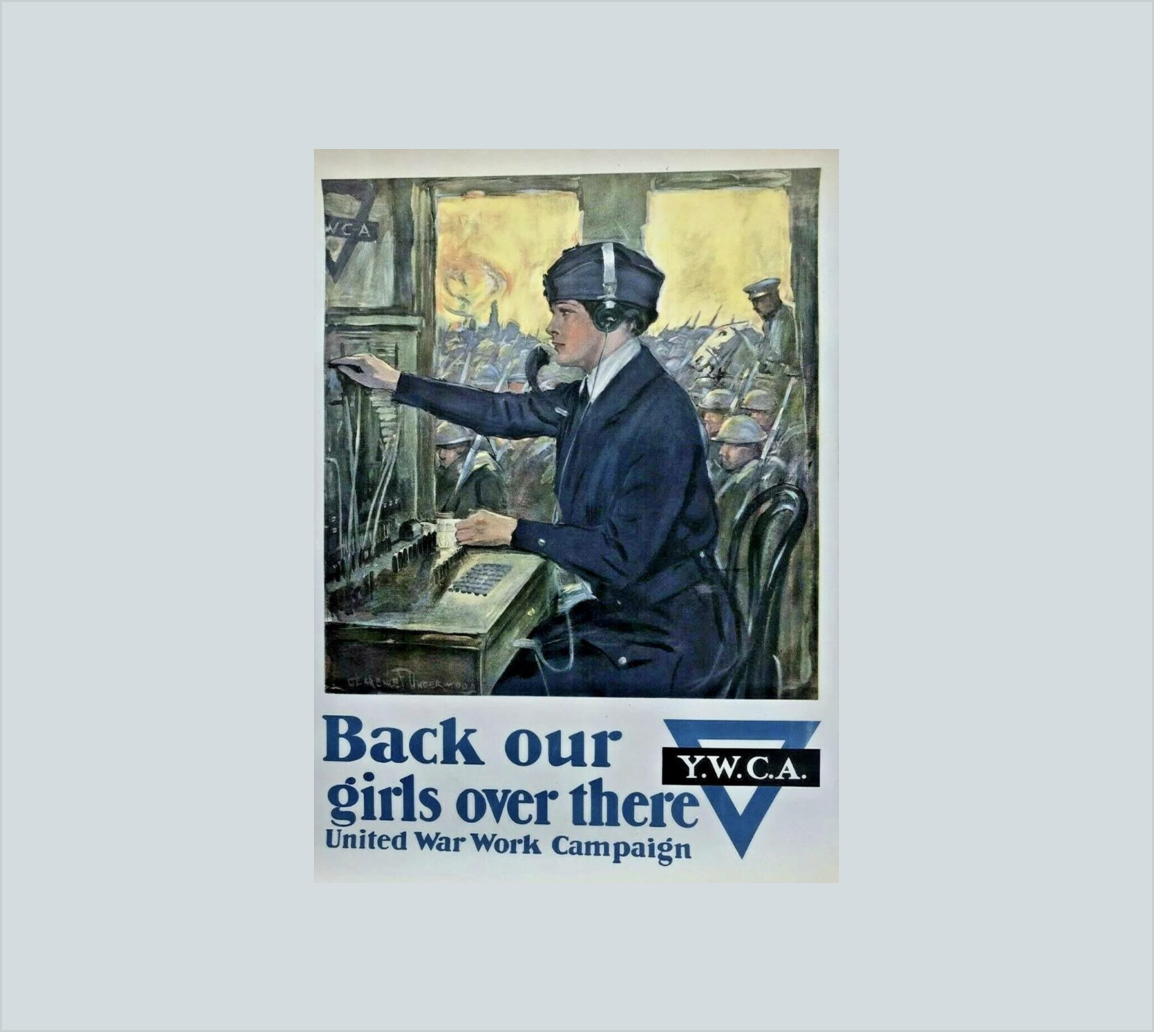
Hello Girls poster framed
With the invention of the telephone in the late 19th century a new profession was also invented: that of switchboard operator. This job was vital because, in the earliest days of the telephone, people could not dial each other directly. They needed an intermediary – known as a telephone operator – to manually relay their call on a central switchboard. Without the switchboard operator, there was no telephone.
In the beginning, telephone companies hired teenage boys to fill these jobs and to connect calls, but this avenue proved disastrous. The boys lacked patience, played pranks on customers, and even cursed over the line – behavior unacceptable in professional voice-to-voice communication, let alone to Victorian sensibilities!
No, the job of a switchboard operator took concentration, good people skills, and quick hands. Thus, in 1878, Boston’s Telephone Dispatch Company made a bold change by hiring Emma Nutt, a woman with a soothing, cultured voice, as the first ever female telephone operator. Customer response was so overwhelmingly positive that the unruly boys were all swiftly replaced by women. Women operators were more polite to customers, more dependable, and even faster at completing calls. As the telephone network expanded, so did the demand for operators. In 1910, there were 88,000 female telephone operators in the US. By 1920, there were almost 180,000, and by 1930, there were 235,000. (The Rise and Fall of Telephone Operators)
Early Telephone Operators and the Origin of “Hello Girls”
It was during this era that the nickname “Hello Girls” was born. Early switchboard operators typically greeted callers with a chipper “Hello, how may I connect your call?” Over time, people began referring to these young women as “Hello Girls,” known for their courtesy and calmness. The moniker stuck, following the women from the civilian telephone exchanges into their later military service.
Working conditions for these early operators could be demanding. Operating a manual switchboard required intense concentration and stamina. In busy urban exchanges, a single operator might complete several hundred calls per hour, constantly scanning for flashing line signals, plugging and unplugging cords, and keeping multiple conversations straight at once. It took months of training to master these skills. Yet the job was more than just connecting lines. In the early phone system, operators also gave personalized services. Hello Girls provided wake-up calls, time and weather information, and they could summon the police or a doctor in an emergency.
Despite relatively low pay, women were eager to work these jobs, earn their own income, and feel useful outside of the home. Telephone companies sought to attract educated, well-mannered women. They imposed strict hiring standards – operators had to be single (in many cases), of “good character,” and able to remain calm under pressure.
Answering the Call in World War I
With the invention of the telephone still relatively only a few decades old “it became an essential tool for communication between commanders and frontline soldiers in World War I” (The Hello Girls of World War I). So, when the United States entered the war in 1917, the Army soon found it faced a critical communications crisis. This modern war moved at a rapid pace, and telephone lines were the new nervous system relaying commands to the front. Staffed by poorly trained US soldiers and French women not fluent in English, this mix was doing more harm than good.
→ Read the entire article on the Recollections website here:
External Web Site Notice: This page contains information directly presented from an external source. The terms and conditions of this page may not be the same as those of this website. Click here to read the full disclaimer notice for external web sites. Thank you.
